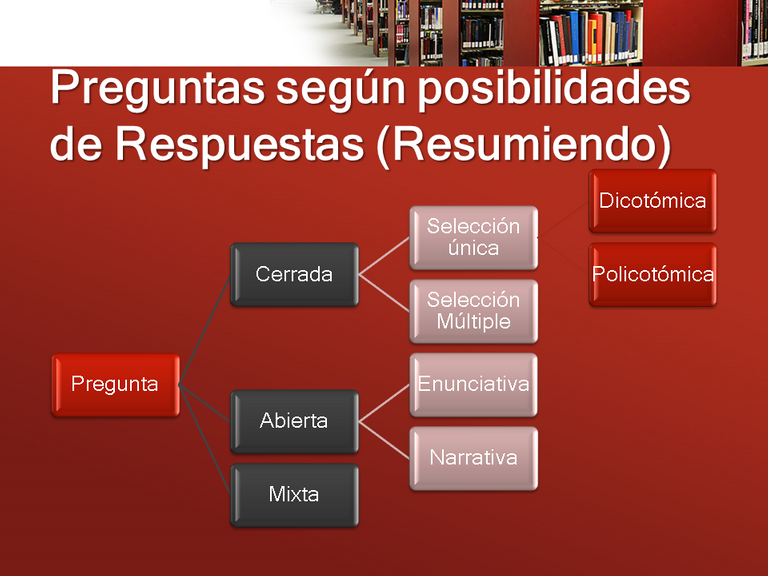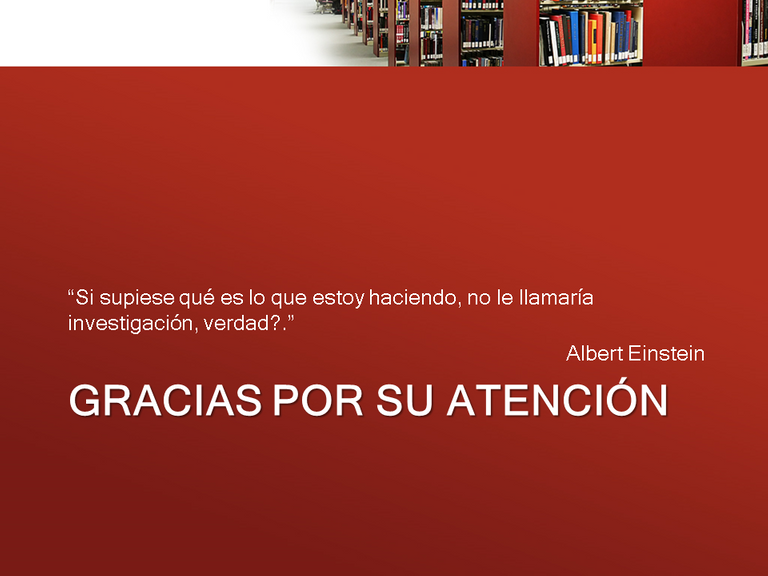Survey Questionnaire in a Research process
This post is a translation of the one I originally published in Spanish at https://steempeak.com/academic/@pedrobrito2004/cuestionario-para-encuestas-en-un-proceso-de-investigacion to give it more diffusion I thought about translating it and shared it in this other version, so the images have their tags in Spanish and I will place the translation at the bottom of the image as appropriate.

About questionnaires for surveys: "If I don't know something, I will investigate it" Louis Pasteur
Some time ago, I prepared a presentation for research methodology classes on the subject of questionnaires for surveys, I think it is useful and I share it.
Issues to consider
To prepare the questionnaire for the survey, three minimum aspects must be considered:
- The execution protocol
- The Questions (elaboration and ordering)
1. Execution Protocol
Write instructions for use, application, correction and interpretation in which all the information necessary for the proper use of the instrument within the technique is collected, both by the "pollster" and the "respondent" (the latter is very relevant if it is a self-administered questionnaire).
The execution protocol refers to the procedure for conducting the survey by applying the questionnaire. It involves reviewing the objective of the instrument and the logic of the question-answer flow. The Protocol is also prepared for the interviewer's training for compliance.
2. The questions
To ask the questions, consider:
- Classic elaboration rules
- The expected responses: What is intended to be recorded, measured and / or consulted
- Logical order (in relation to the investigation for which it is carried out) of the questions within the instrument
Classic rules
- The questions must be simple and written so that they can be easily understood by the people to whom they are intended.
- Try to be as short as possible. The greater the length of the question increases the likelihood that the respondent will lose concentration.
- They must be formulated directly in relation to the topic of interest
- Write them preferably personally and directly, not impersonally.
- Formulate them in a neutral way, or at most, positive, never negative.
- Ensure that they do not raise prejudices.
- Questions must require only one answer, avoid double questions. Has the concert been entertaining and well organized?
- Do not ask embarrassing questions or be indiscreet unless strictly necessary.
- Be made in a way that answers directly or unambiguously.
- Take into account the respondent: their knowledge, position, etc. All questions should take into account the "information culture" of the people who are planned to address.
- Leave the controversial questions by the end of the instrument.
Asking ... operationalizing
When preparing the questions, the initial thing is to establish the reason for being or the objective of the instrument for the application of the technique within the research process, this leads us to identify the objects of reality on which we will ask.
Then it is time to operationalize to isolate the indicators and from them ask questions.
Kind of questions
According to the possibilities of answer, three types of questions are considered within a questionnaire:
- Closed
- Open
- Mixed
Closed questions
They are presented with a list of acceptable responses.
They can be considered:
- Unique Selection: the choice of response is mutually exclusive, you can only choose one from the list.
- Dichotomous: two alternatives
- Polycotomic: more than two questions
- Multiple Selection: You can choose several answers within the list
Open questions
No responses are proposed to the respondent.
They can be considered:
- Statements: to answer a word or very few is enough
- Narratives: the elaboration of the answer implies the narration and / or explanation regarding what is asked
Mixed Questions
They allow to combine the closed and mixed questions, being that when asking a list of possible answers is presented and the option of creating new answers and / or explaining the selected answer is left open.

Questions classified according to possibilities to answer (Summary)
Order or hierarchy
Having established the indicators, elaborating the questions and knowing the objective of the application of the instrument, it is time to give order within the questionnaire.
The content of the questionnaire is ordered in:
- Introduction
- Body
- Close
Giving introduction
The question is to introduce the questionnaire by the interviewer (if applicable) or by a wording at the beginning that marks the purpose and requests the participation of the respondent.
Nesting the body
- They meet the questions that address the same topics or topics
- The questions are evaluated according to their degree of complexity
- You can first ask what is identified as more general (funnel technique)
- It can be addressed with particular questions or involving cases and examples (inductive path)
- Lastly, the issues or points that are identified as potentially conflicting are asked
- If you are accidentally offended, you run the risk of losing the respondent from that question.
- If there are control questions, they should be sufficiently far from the questions they control
Making closure
The closure allows to terminate the application, it is usually finalized thanking the participation and (if relevant) indicating the processing time to give preliminary or personal results.
In some cases you can leave contact material (cards, brochures, others)
Working the Results
- In closed responses work with the cluster of responses by alternatives.
- In open questions, you have to analyze the answers
- In the declarations evaluate the frequency
- In the statements, study the topics and the repetition of points to develop categories that group them
- In these cases the response list is created at the end (contrary to the closed ones)
To end
- The correct initial design of the questionnaire for the survey can greatly facilitate its subsequent processing, it is necessary to dedicate the necessary time to its preparation.
- In the case of qualitative research, the questionnaires have very marked flexibility and justified modifications are possible until they reach a final version, however, an instrument sufficiently large is preferred to allow addressing the reality in question
- The questionnaire in qualitative research can be part of an ethnographic survey, in which more than consulting people, it is time to observe and record the points under study in the instrument.
- To a large extent, the questionnaire and survey are most commonly associated with quantitative investigations.

"If I knew what I was doing, I wouldn't call it research. Right?" Albert Einstein
THANKS FOR YOUR ATTENTION
Solid post. Why wouldn't you share it with others via our "project hope" telegram group?
Will upvote once VP will reach 100%.
OKAY!
I was not sure that the subject that I approached was like to share it, after all it was a material for my lessons :) I am sharing it now.
Hello dear teacher @pedrobrito2004, thank you for sharing this chair.
This publication is very pedagogical, besides being very useful these research methods that I elaborate, I am sure that they will be very useful for many.
Thanks for the comment.
I'm glad to think that what I do can be useful :)
PS Spanish Version in https://steempeak.com/academic/@pedrobrito2004/cuestionario-para-encuestas-en-un-proceso-de-investigacion